What a Russian nuclear attack might look like
Is Vladimir Putin likely to use nuclear weapons in Ukraine – and what might the impact be?
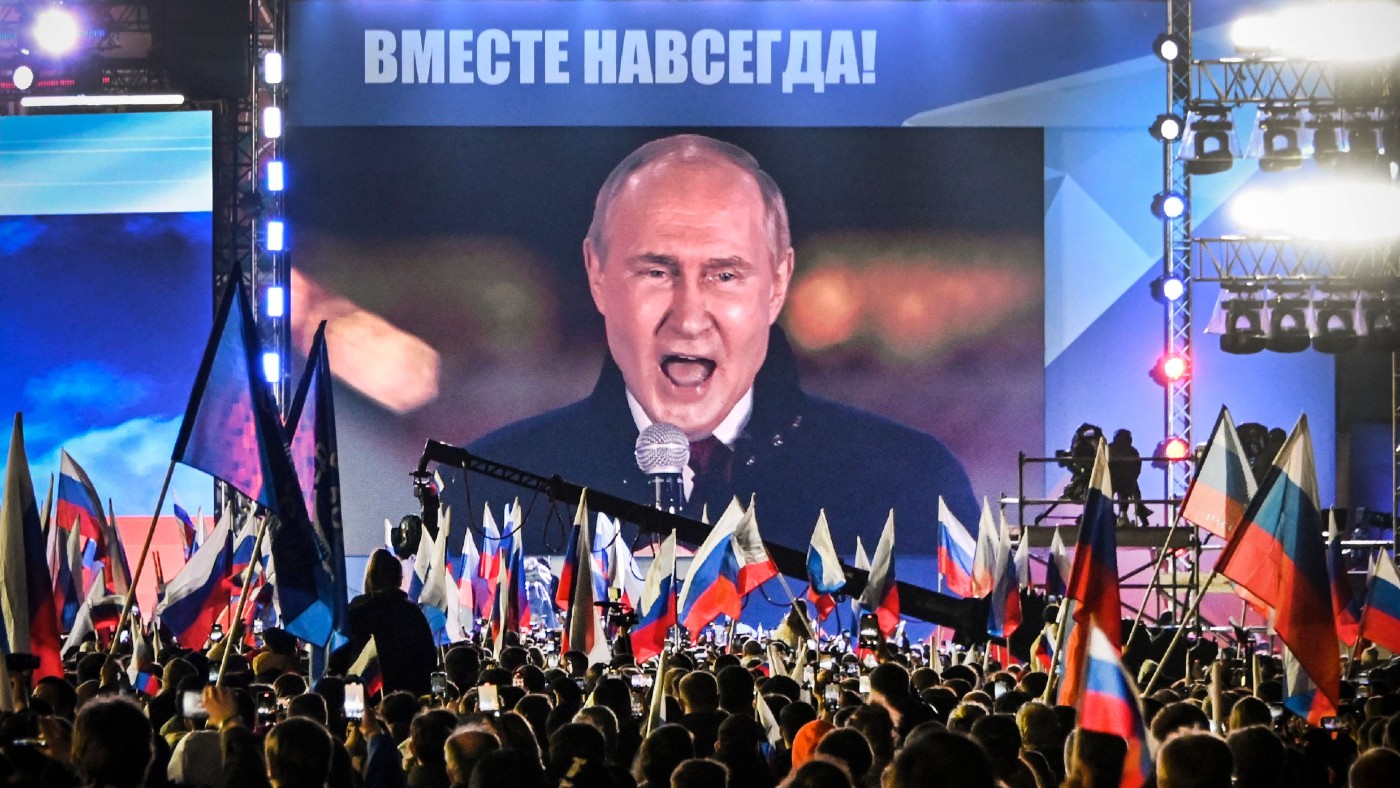
Vladimir Putin has been making nuclear threats over Ukraine since the 2014 invasion that led to the annexation of Crimea. Back then, he reminded the world that “It’s best not to mess with us”, adding “Russia is one of the leading nuclear powers.”
When he launched his “special military operation” in February, he reiterated these warnings, and he upped the ante in a televised address on 21 September, in which he spoke of using “all available means” to protect Russia’s territory. “This is not a bluff,” he said.
Then on 30 September, he announced that Russia was annexing four southeastern Ukrainian regions, and that it would use “all the powers and all the means” at its disposal to defend these. He also claimed that the US had “set a precedent” when it dropped atomic bombs on Japan in 1945.
The Week
Escape your echo chamber. Get the facts behind the news, plus analysis from multiple perspectives.

Sign up for The Week's Free Newsletters
From our morning news briefing to a weekly Good News Newsletter, get the best of The Week delivered directly to your inbox.
From our morning news briefing to a weekly Good News Newsletter, get the best of The Week delivered directly to your inbox.
Why are people taking the new threats seriously?
In theory, Russia’s official nuclear doctrine allows for a nuclear attack only “when the very existence of the state is threatened”. In the past that was interpreted to mean a nuclear attack or, say, a conventional offensive that threatened Moscow.
Putin, however, seems to have lowered the threshold to cover any loss of territory, and to have put parts of Ukraine under this nuclear umbrella. His army appears unable, though, to hold this territory against the Ukrainians, and its chaotic attempts at mass mobilisation seem unlikely to change that.
If Putin feels that his invasion of Ukraine is likely to fail entirely, and that as a result his regime’s survival is threatened, he may be more likely to reach for extreme solutions.
What kind of nuclear attack are we talking about?
Military planners have discussed several scenarios, ranging from a mere “demonstration strike” over the Black Sea or against a largely symbolic target there such as Snake Island, to a “decapitation strike” against Ukraine’s leadership in Kyiv; from a limited nuclear assault on Ukrainian military targets to the worst-case scenario – the destruction of a Ukrainian city, designed to cause mass civilian casualties and bring about a swift surrender, as at Hiroshima and Nagasaki.
A free daily email with the biggest news stories of the day – and the best features from TheWeek.com
However, most Western analysts think that the most likely is the use of “tactical”, or battlefield, nuclear weapons, which have a much smaller explosive yield than the city-flattening warheads used in “strategic” weapons.
Russia has more of these than any other nation and on 1 October, the Chechen leader Ramzan Kadyrov, a key Putin ally, called for the use of “low-yield nuclear weapons” in Ukraine.
How effective would that be?
The idea is that tactical nuclear weapons would stop the Ukrainian advance, and signal the Russian leadership’s resolve, so as to scare Kyiv and the international community into acceding to Putin’s land-grab.
However, it is questionable whether any of that would work. In practical terms, the Ukrainians present few targets: their troops and tanks are highly dispersed. “Putin would likely need to use multiple tactical nuclear weapons in Ukraine to achieve his desired operational effect,” reports the Institute for the Study of War, a respected think tank. And that would need to outweigh the “potentially very high costs of possible Nato retaliation”.
What sort of retaliation is likely?
The US hasn’t publicly specified, but Jake Sullivan, President Biden’s national security adviser, spoke on 25 September of “catastrophic consequences” for Russia, and made it clear that the White House has spelled them out to the Kremlin.
A retaliatory nuclear strike isn’t likely, but the US has plenty of other options, including vast, crippling cyberattacks. The former CIA director General David Petraeus said that the US and its allies could take out every Russian conventional force that they can see and identify on the battlefield in Ukraine, and also in Crimea and every ship in the Black Sea. It could also enforce a no-fly zone over the country.
The likely result would be terminal damage to Russia’s war effort. The Ukrainians have been clear, too, about their response: they would carry on fighting.
But how would Russia respond to the retaliation?
This is the truly terrifying part. If Putin were prepared to use nuclear weapons against a Ukrainian advance, then presumably he might also do so against a Nato assault. So there’s a clear possibility that the Third World War could result.
In 2017, Princeton University’s Program on Science & Global Security ran a simulation, which found that a limited tactical nuclear exchange between Russia and Nato would escalate to the point where Russia and Nato would target the 30 biggest cities of the other side, using five to ten nuclear warheads per city. It posited that more than 90 million people would die within the first few hours.
In 2019, the US Defence Threat Reduction Agency ran war games on how the US should respond if Russia were to invade Ukraine and use a nuclear weapon. The results are classified, but one participant reported: “There were no happy outcomes.”
How likely is any of this?
At present, we seem to be some distance from the brink. If the Russian military were to take a tactical weapon out of storage, US intelligence would likely spot it, and global publicity and intense diplomatic activity would follow. Russia’s last major allies, China and India, would be deeply opposed to nuclear war. Putin would also have to convince the Russian General Staff to execute his order, which isn’t a given.
Overall, the US and its allies are doing everything they can to convince Putin of the sky-high potential costs and the limited potential benefits. Going nuclear would seem, the military historian Lawrence Freedman put it, “a very odd thing to do”.
On the other hand, as Fiona Hill, a leading Russia expert, recently mused: “Every time you think, ‘No, he wouldn’t, would he?’, the answer seems to be: ‘Well, yes, he would.’”
-
 The best homes of the year
The best homes of the yearFeature Featuring a former helicopter engine repair workshop in Washington, D.C. and high-rise living in San Francisco
-
 Critics’ choice: The year’s top 10 movies
Critics’ choice: The year’s top 10 moviesFeature ‘One Battle After Another’ and ‘It Was Just an Accident’ stand out
-
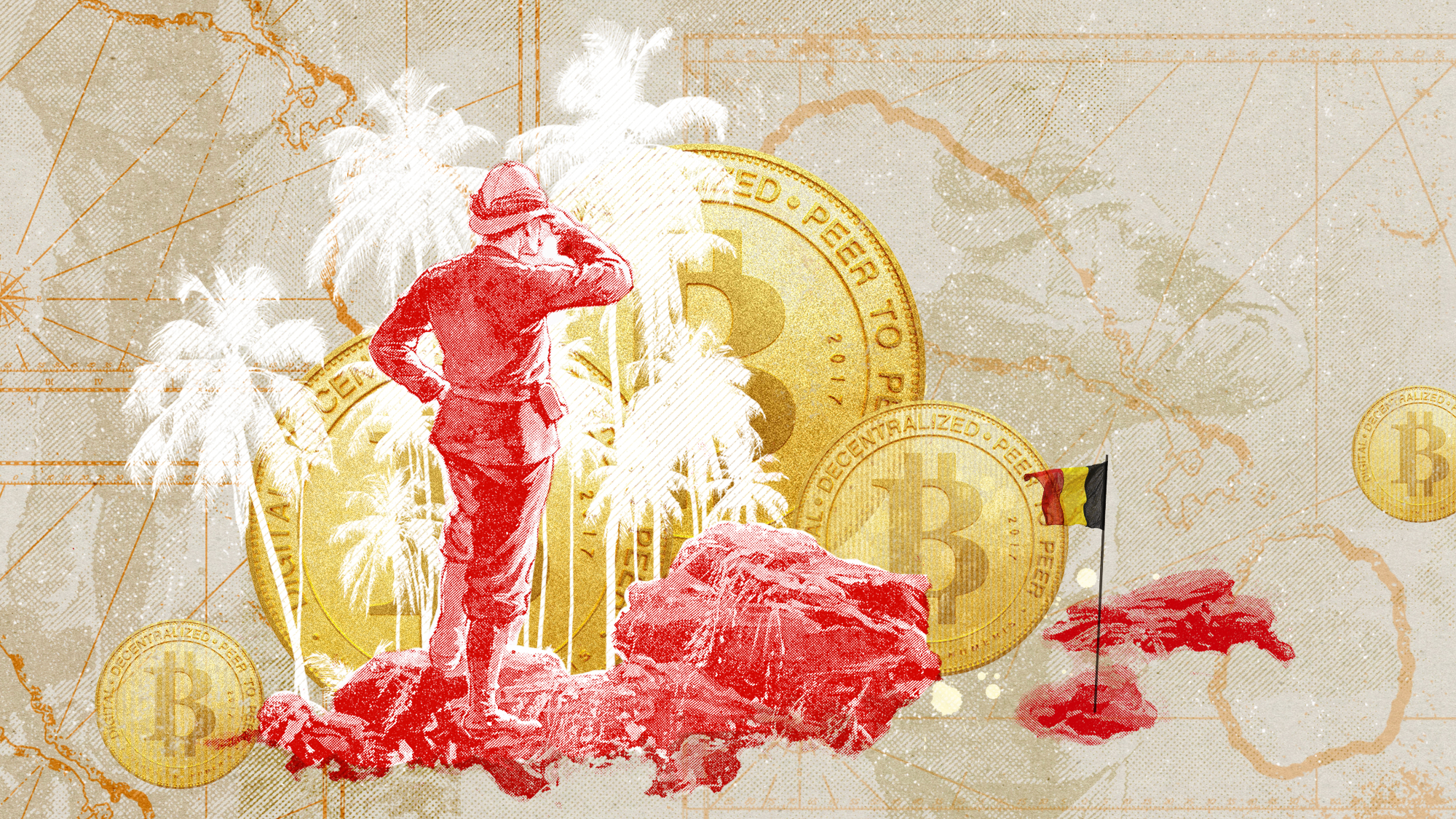 The small Caribbean island courting crypto billions
The small Caribbean island courting crypto billionsUnder the Radar Crypto mogul Olivier Janssens plans to create a libertarian utopia on Nevis
-
 US offers Ukraine NATO-like security pact, with caveats
US offers Ukraine NATO-like security pact, with caveatsSpeed Read The Trump administration has offered Ukraine security guarantees similar to those it would receive from NATO
-
 How Bulgaria’s government fell amid mass protests
How Bulgaria’s government fell amid mass protestsThe Explainer The country’s prime minister resigned as part of the fallout
-
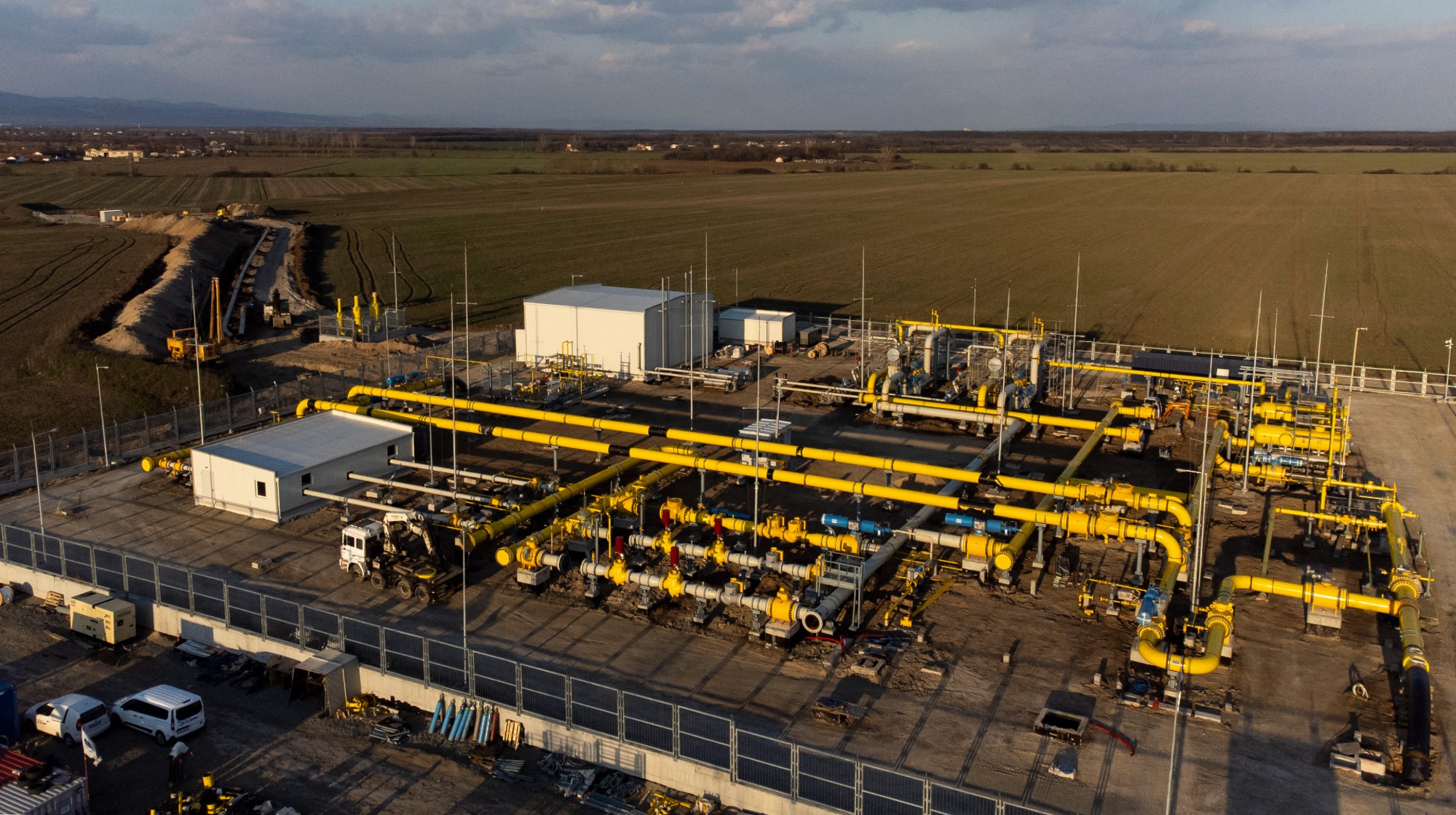 Europe sets 2027 deadline to wean itself from Russian gas
Europe sets 2027 deadline to wean itself from Russian gasIN THE SPOTLIGHT As negotiators attempt to end Russia’s yearslong Ukraine invasion, lawmakers across the EU agree to uncouple gas consumption from Moscow’s petrochemical infrastructure
-
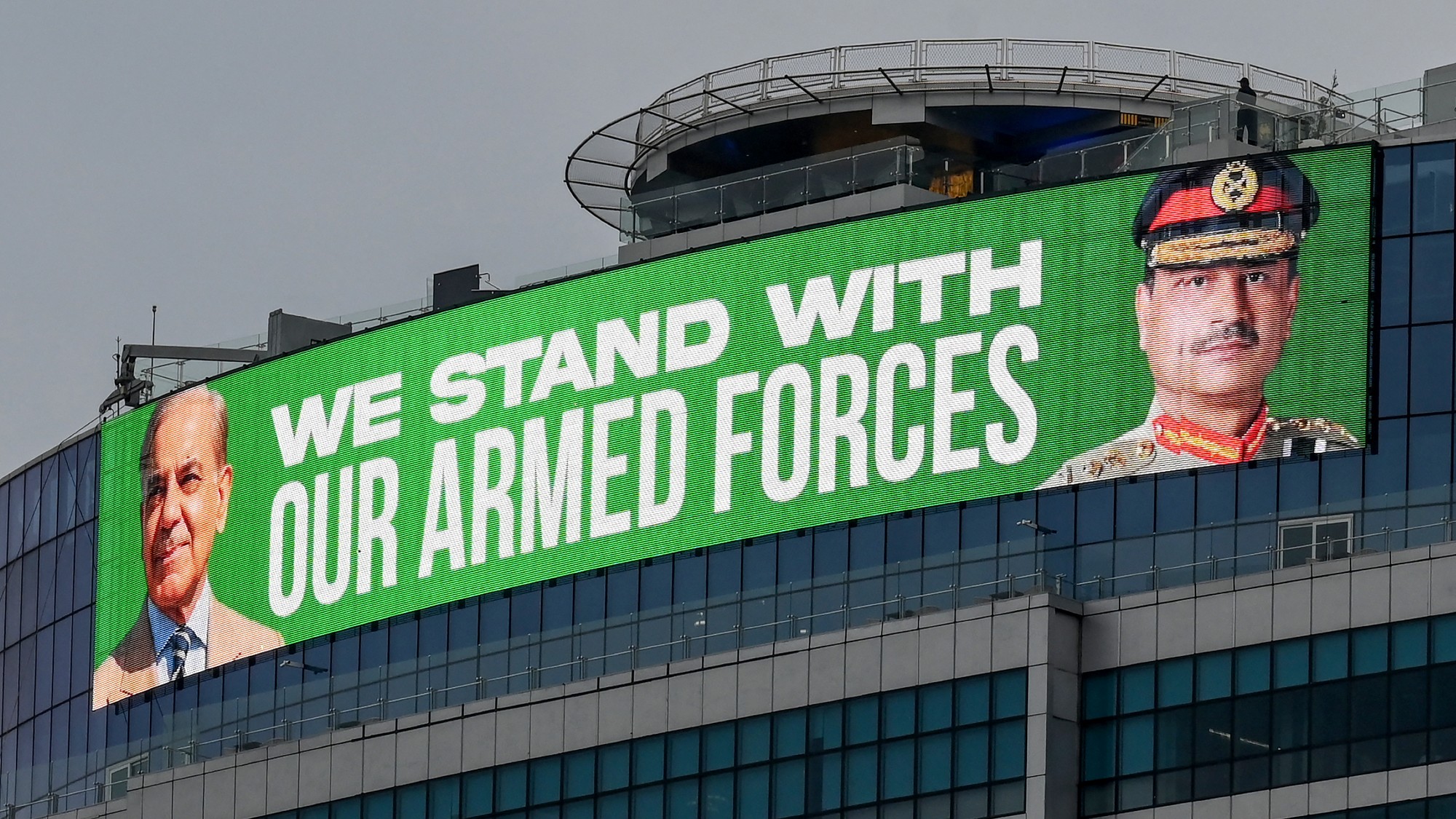 Pakistan: Trump’s ‘favourite field marshal’ takes charge
Pakistan: Trump’s ‘favourite field marshal’ takes chargeIn the Spotlight Asim Munir’s control over all three branches of Pakistan’s military gives him ‘sweeping powers’ – and almost unlimited freedom to use them
-
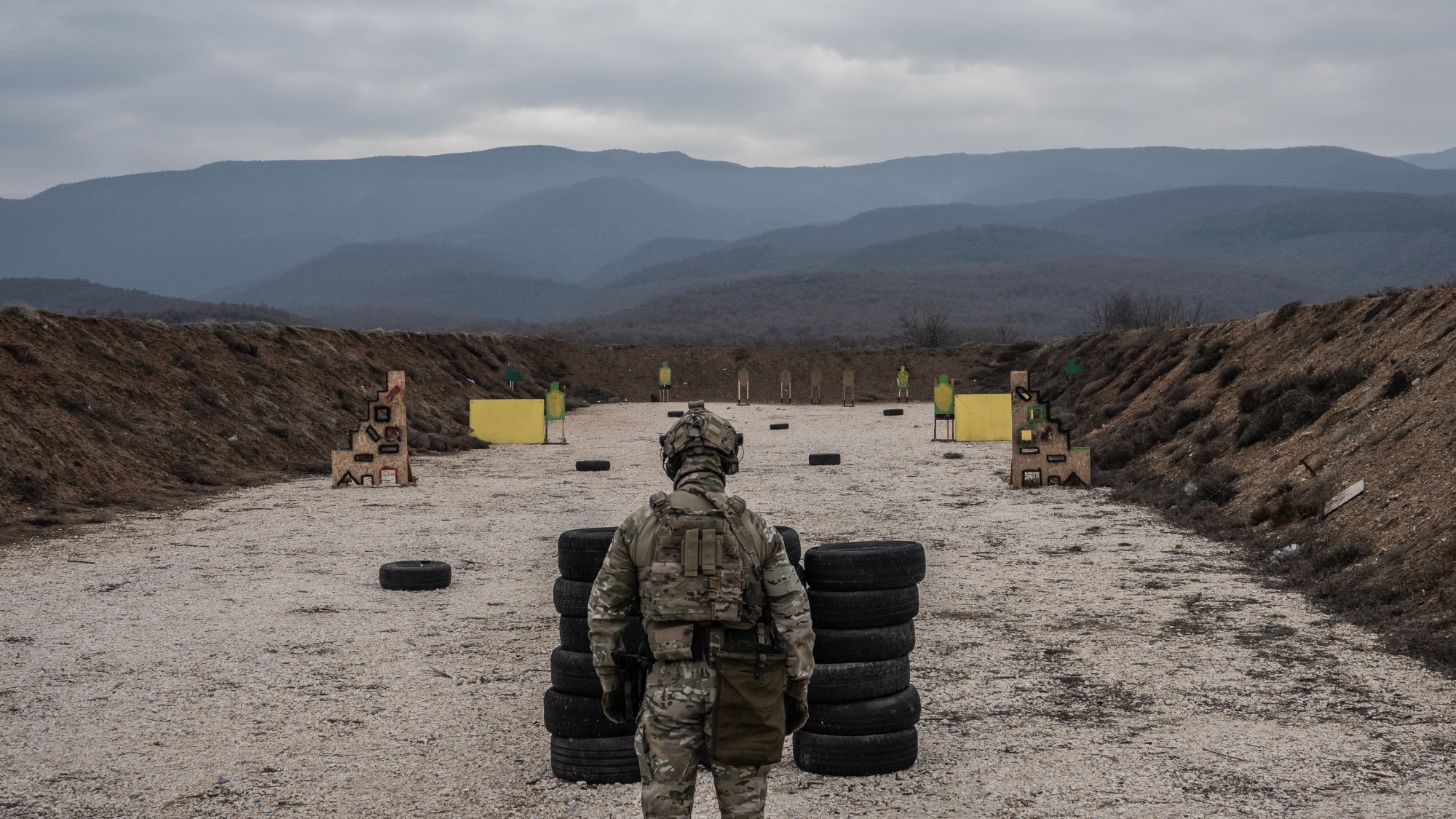 Is Europe finally taking the war to Russia?
Is Europe finally taking the war to Russia?Today's Big Question As Moscow’s drone buzzes and cyberattacks increase, European leaders are taking a more openly aggressive stance
-
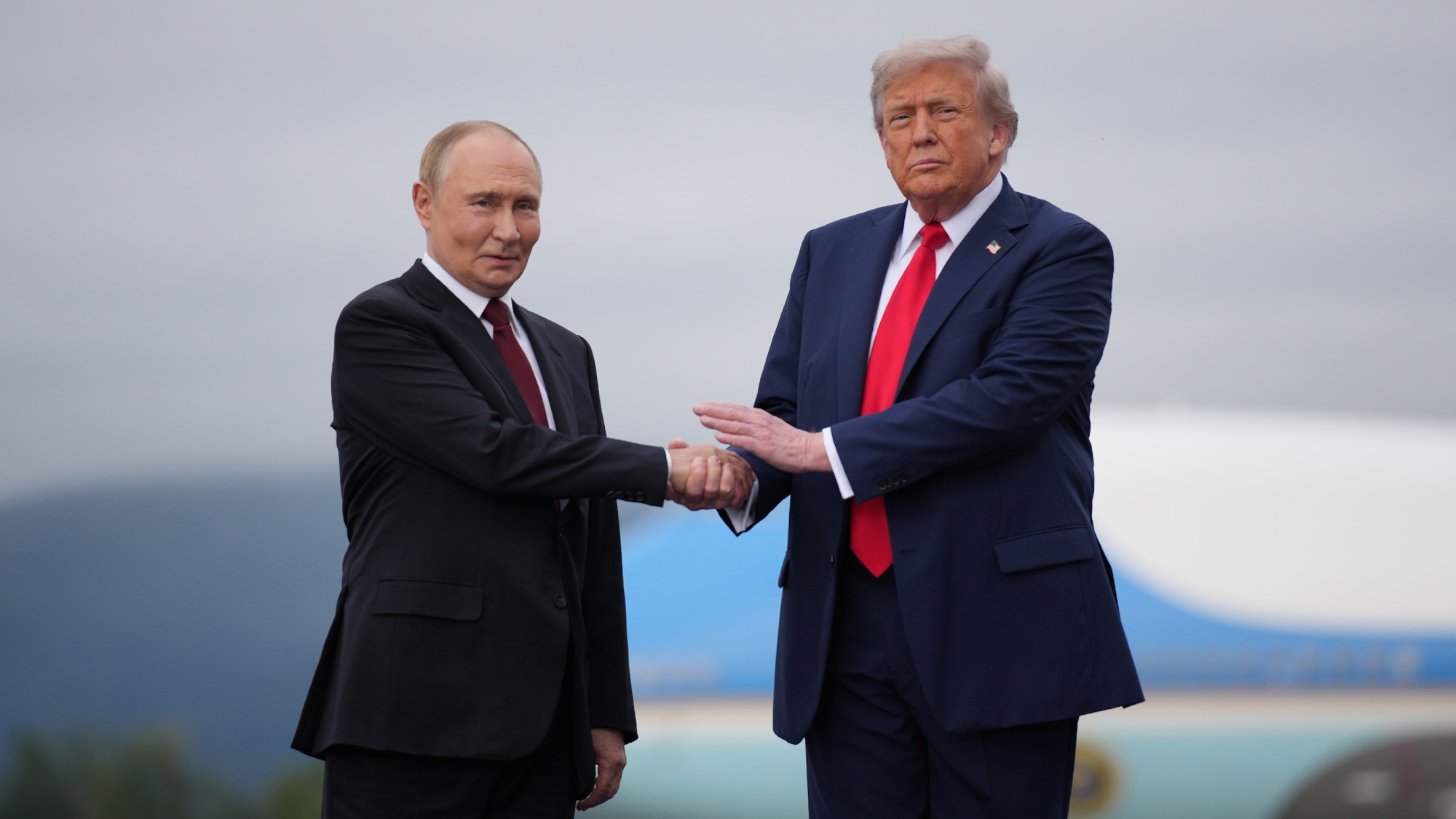 Pushing for peace: is Trump appeasing Moscow?
Pushing for peace: is Trump appeasing Moscow?In Depth European leaders succeeded in bringing themselves in from the cold and softening Moscow’s terms, but Kyiv still faces an unenviable choice
-
 Femicide: Italy’s newest crime
Femicide: Italy’s newest crimeThe Explainer Landmark law to criminalise murder of a woman as an ‘act of hatred’ or ‘subjugation’ but critics say Italy is still deeply patriarchal
-
 Brazil’s Bolsonaro behind bars after appeals run out
Brazil’s Bolsonaro behind bars after appeals run outSpeed Read He will serve 27 years in prison